Re: LB Meet-Spring 2012--YORK - LB's 5th Birthday!!
the view from the Hilton Hotel to Cliffords Tower where the geese seem to live now on the hill and then a short walk for them down to the river as they came with us when we went on our Riverboat evening cruise.
Clifford's Tower:
Massacre at York (1190)
Background
ORIGINS OF YORK'S JEWISH COMMUNITY
According to English Heritage, by the 1170s there were two primary incentives for the establishment of a Jewish community in York:
The New Jewish Encyclopedia defines the Crusades as the:
After the death of Henry II, a protector of England's Jews, in July 1189, Henry II's oldest son, Richard I (Coeur-de-lion, 1189-1199), was crowned at Westminster:
16 March 1190: The Massacre of the Jews of York
On the night of 16 March 1190, the Jewish feast of Shabbat ha-Gadol, 150 men, women and children died at the royal castle at York, where Clifford’s Tower now stands. Many died following a mass-suicide and the rest at the hands of a mob waiting outside.
Jewish communities had been established in London in the 11th century after William I (the Conqueror) had invited the Jews to England. The communities spread to other parts of the country, first
the view from the Hilton Hotel to Cliffords Tower where the geese seem to live now on the hill and then a short walk for them down to the river as they came with us when we went on our Riverboat evening cruise.
Clifford's Tower:
Massacre at York (1190)
The site of Clifford's Tower, the keep of York's medieval castle, still bears witness to the most horrifying event in the history of English Jewry. On the night of 16 March 1190, the feast of Shabbat ha-Gadol, the small Jewish community of York was gathered together for protection inside the tower. Rather than perish at the hands of the violent mob that awaited them outside, many of the Jews took their own lives; others died in the flames they had lit, and those who finally surrendered were massacred and murdered.
Understandably, this appalling event has become the most notorious example of antisemitism in medieval England. Yet, it was by no means an isolated incident, but rather the culmination of a tide of violent feeling which swept the country in the early part of 1190.
Understandably, this appalling event has become the most notorious example of antisemitism in medieval England. Yet, it was by no means an isolated incident, but rather the culmination of a tide of violent feeling which swept the country in the early part of 1190.
Clifford's Tower and the Jews of Medieval York (English Heritage, 1995)
Background
ORIGINS OF YORK'S JEWISH COMMUNITY
According to English Heritage, by the 1170s there were two primary incentives for the establishment of a Jewish community in York:
. . . The first was the existence within the city of an important royal castle, which could be used in times of danger to protect the town's Jewish community. In the late twelfth century, York Castle consisted of the motte (mount) on which the present Clifford's Tower stands, and an outer bailey (courtyard) extending to the south. Instead of the present stone tower, the motte would have been surrounded by a strong timber tower or keep.
A second and even more significant incentive was the emergence amongst the lords, gentry, and religious houses of Yorkshire of a need for financial credit. Jewish money-lenders were well equipped to satisfy this demand and the king himself had set a precedent by using their services from about 1164 onwards. Indeed, the Jews were to become a source of enormous wealth to the Crown -- not only as money-lenders but as the target of relentless taxation. (p. 1-2)
THE CRUSADESA second and even more significant incentive was the emergence amongst the lords, gentry, and religious houses of Yorkshire of a need for financial credit. Jewish money-lenders were well equipped to satisfy this demand and the king himself had set a precedent by using their services from about 1164 onwards. Indeed, the Jews were to become a source of enormous wealth to the Crown -- not only as money-lenders but as the target of relentless taxation. (p. 1-2)
The New Jewish Encyclopedia defines the Crusades as the:
. . . holy wars waged by the Christian countries of Europe for the purpose of recapturing Palestine from the Mohammedans. These wars started at the end of the 11th century and continued to the beginning of the 13th century. The specific object of these religious wars was to free the sepulcher of Jesus, sacred to Christians, from the hands of the Moslem "unbelievers." There were four such major Crusades in the years 1096, 1146, 1187, and 1203. . . . (p. 101)
The Encyclopedia notes that the Crusades were a "bitter and prolonged ordeal" for the Jews of Europe; it was in this context that the massacre at York occurred in 1190:. . . The ignorant mobs were incited by the leaders of the Crusades to pillage and massacre whole Jewish communities. The cry was: "Before attempting to revenge ourselves upon the Moslem unbelievers, let us first revenge ourselves upon the 'killers of Christ' living in our midst!" Thousands of Jews perished, and entire Jewish communities were wiped out. To this day, the Jewish liturgy contains prayers commemorating the martyrs of that dreadful period. (p. 101)
CORONATION OF KING RICHARD IAfter the death of Henry II, a protector of England's Jews, in July 1189, Henry II's oldest son, Richard I (Coeur-de-lion, 1189-1199), was crowned at Westminster:
. . . When a Jewish deputation appeared at Westminster Abbey with rich gifts on behalf of all the communities in the realm, they were refused admission. The humiliated representatives of Jewry were hooted by the palace guards; the mob without proceeded to throw stones at them. A false rumor spread that the king had ordered the destruction of the Jews. Unable to penetrate into their strongly fortified stone houses, the populace set fire to the straw roofs of the dwellings. Many who essayed to escaped were ruthlessly butchered; others, among them Jacob of Orleans, slew themselves when the alternative was baptism. A few Jews, however, saved themselves by this alternative; one of these [was] the rich Benedict of York . . . . The riot lasted twenty-four hours; the chief justice and some noblemen, whom the king sent to quell the disorder, were forced to withdraw. The king, on learning what had happened, had three of the participants hanged. He let it be understood that the Jews must not be molested and had proclamation made to that effect throughout England and his French dominions. Scarcely, however, had Richard crossed the Channel to join Philip Augustus in the Crusade, when riots broke out afresh; so at Lynn, ostensibly because the Jews attacked a baptized coreligionist who had taken refuge in a church; also at Norwich; at Stamford; at Bury St. Edmunds (1190). The Jews of Lincoln saved themselves betimes by seeking refuge in the royal castle. . . . (Margolis and Marx, pp. 386-387)
(It should be noted that Benedict of York recanted his Christianity before the king the next day; he later died of his wounds in Northampton. Because he was, by law, neither Jew nor Christian, he could not be buried in the Jewish or the Christian cemetery.)16 March 1190: The Massacre of the Jews of York
On the night of 16 March 1190, the Jewish feast of Shabbat ha-Gadol, 150 men, women and children died at the royal castle at York, where Clifford’s Tower now stands. Many died following a mass-suicide and the rest at the hands of a mob waiting outside.
Jewish communities had been established in London in the 11th century after William I (the Conqueror) had invited the Jews to England. The communities spread to other parts of the country, first


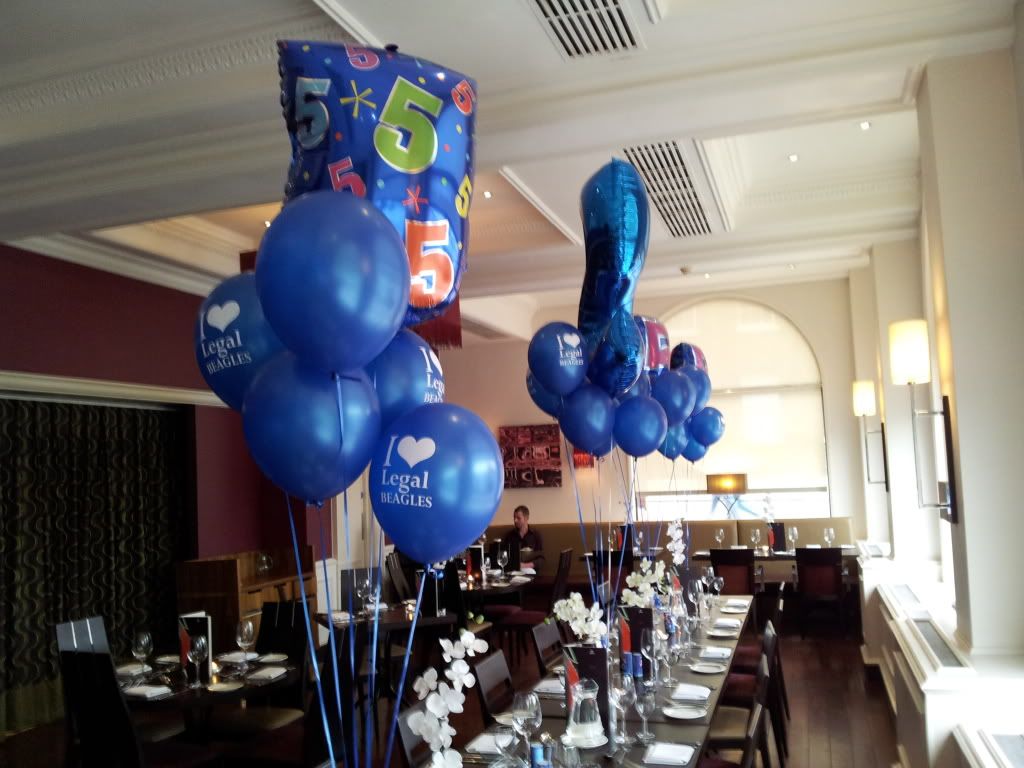
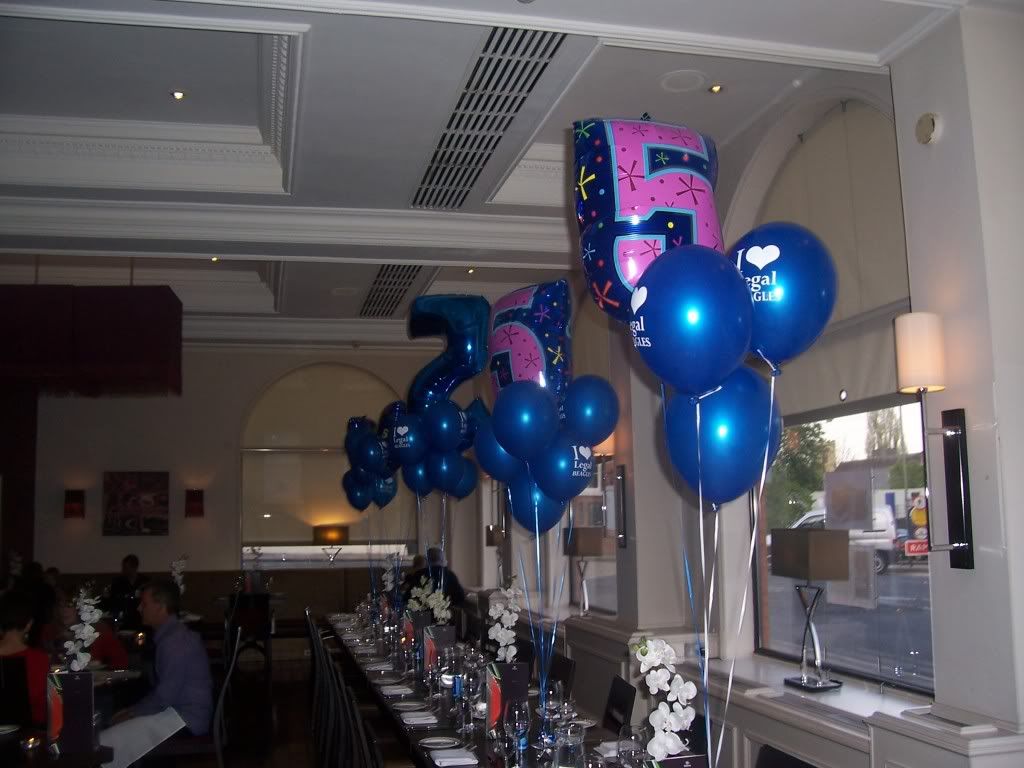
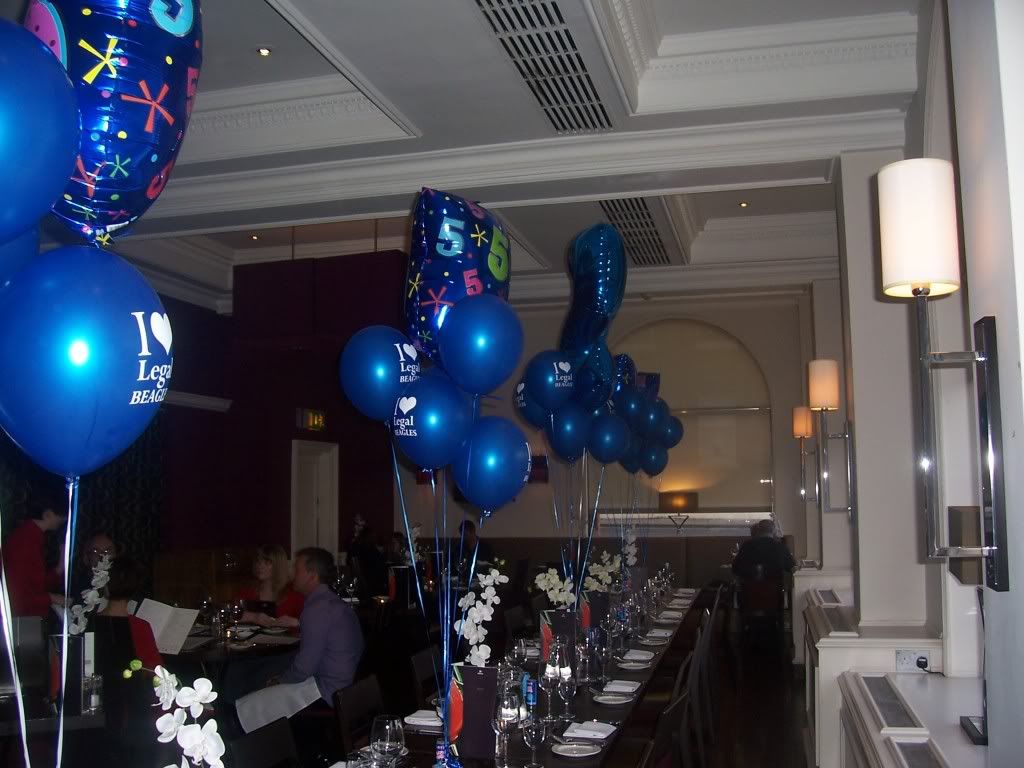

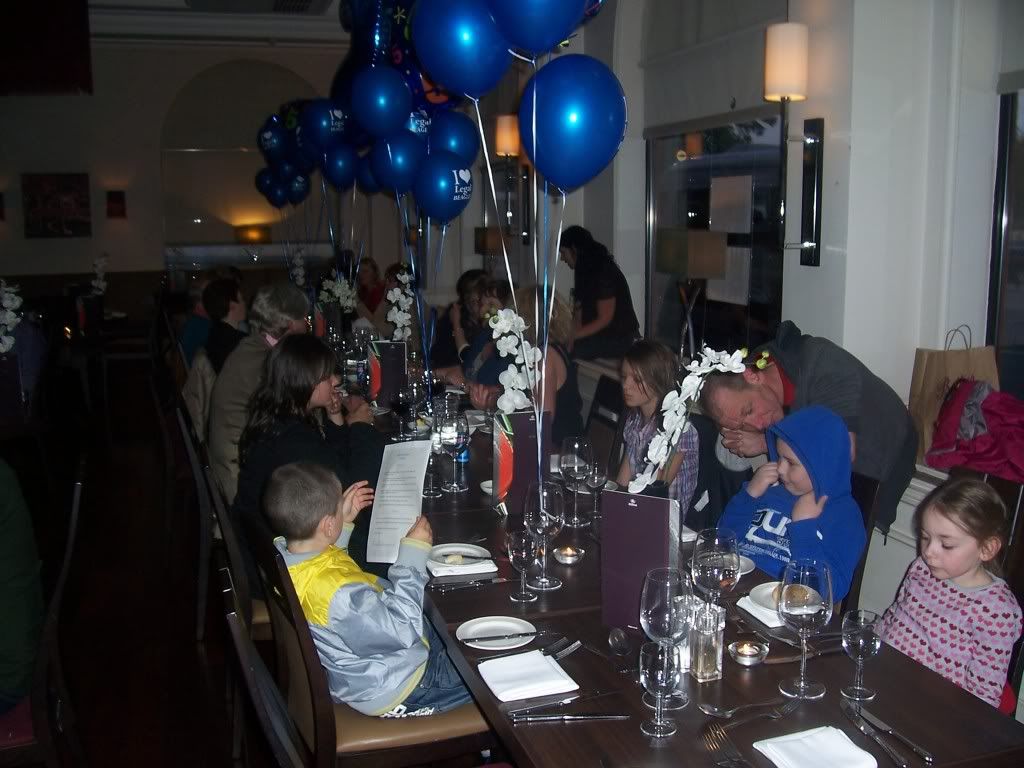
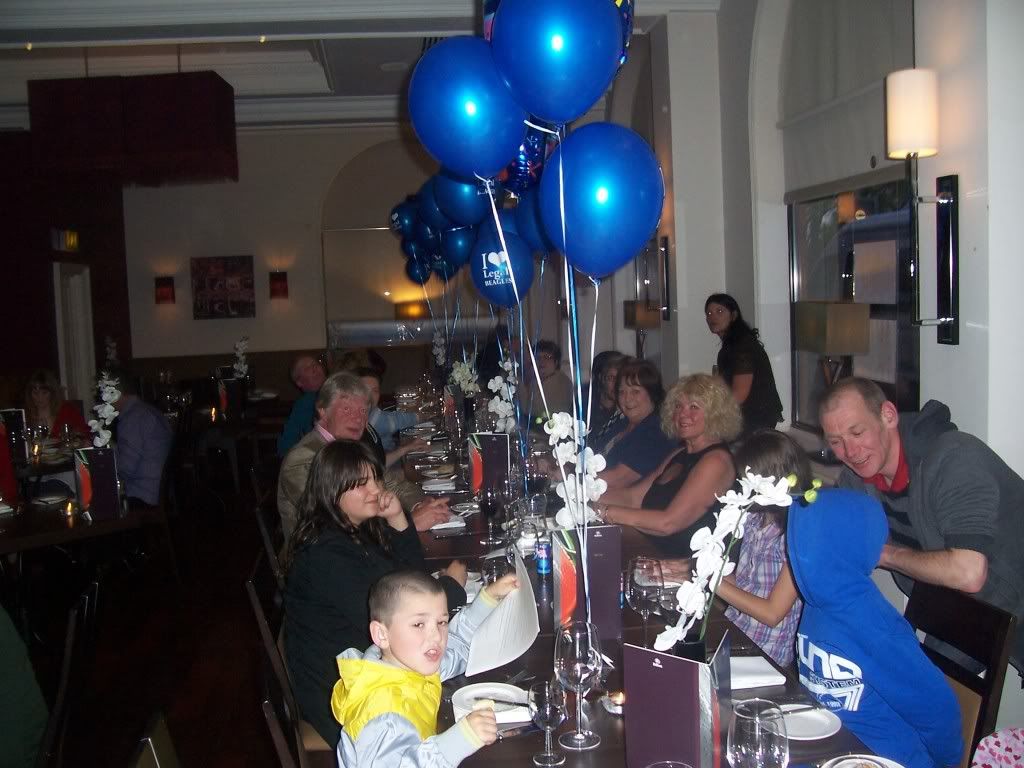
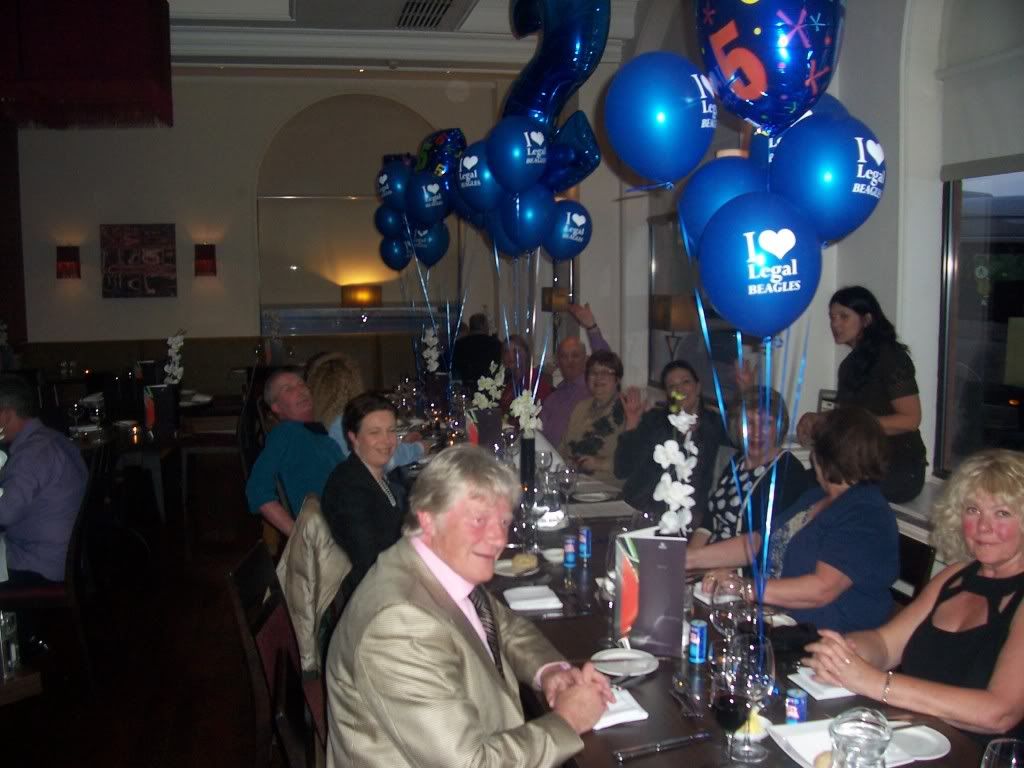
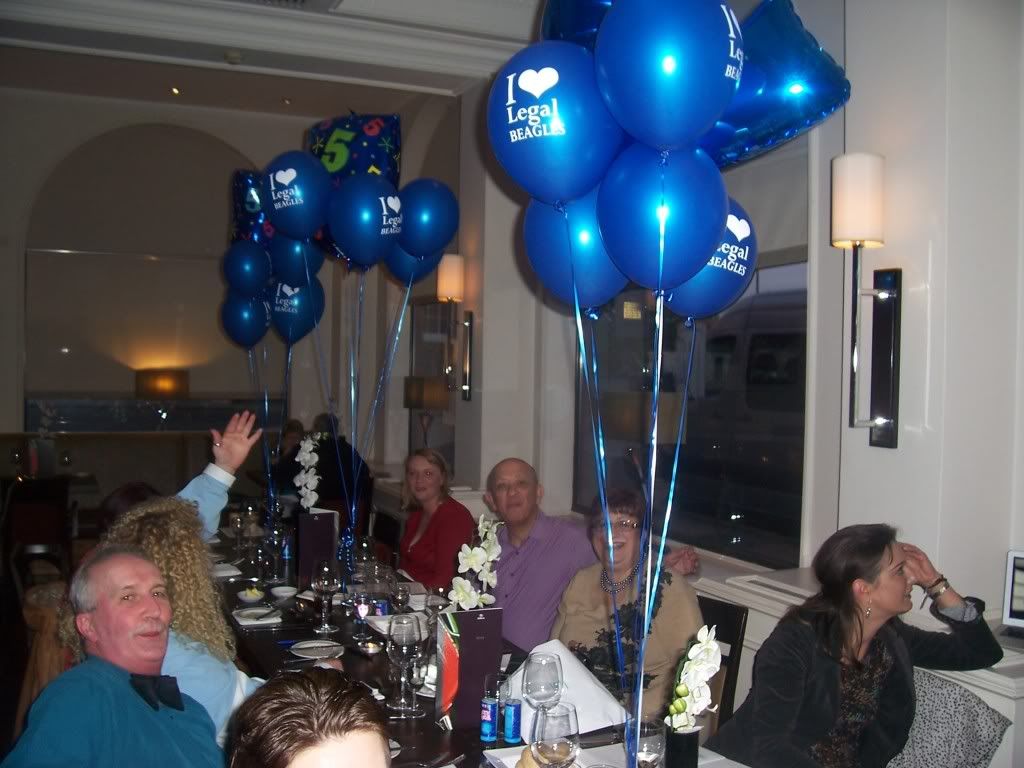
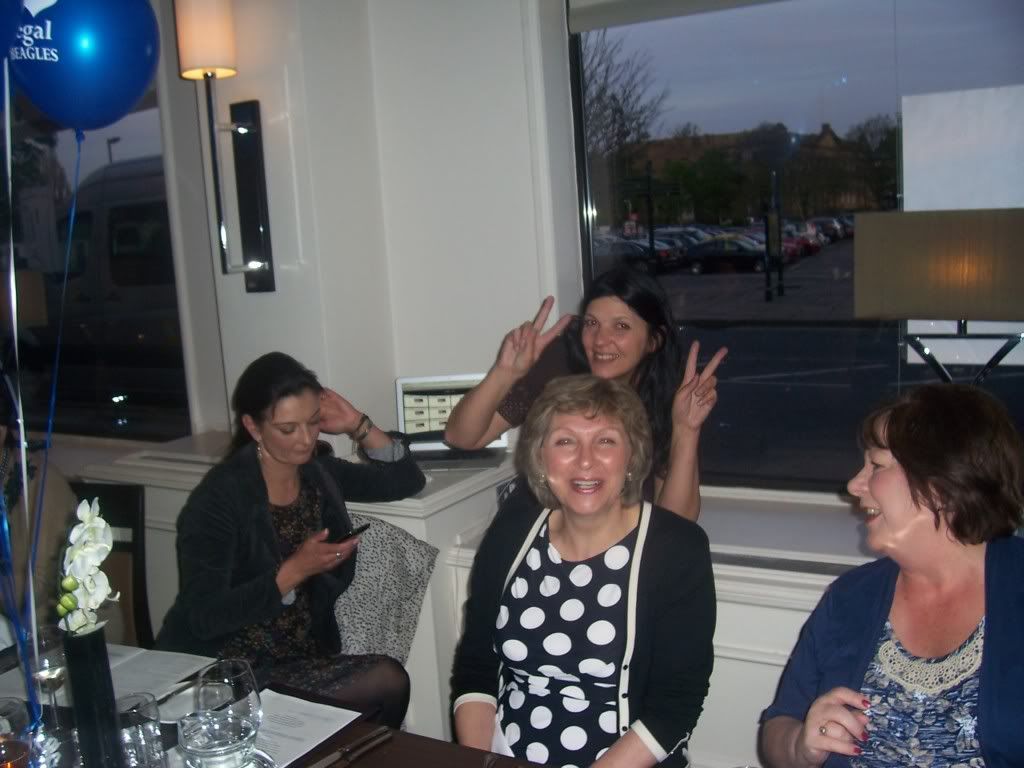
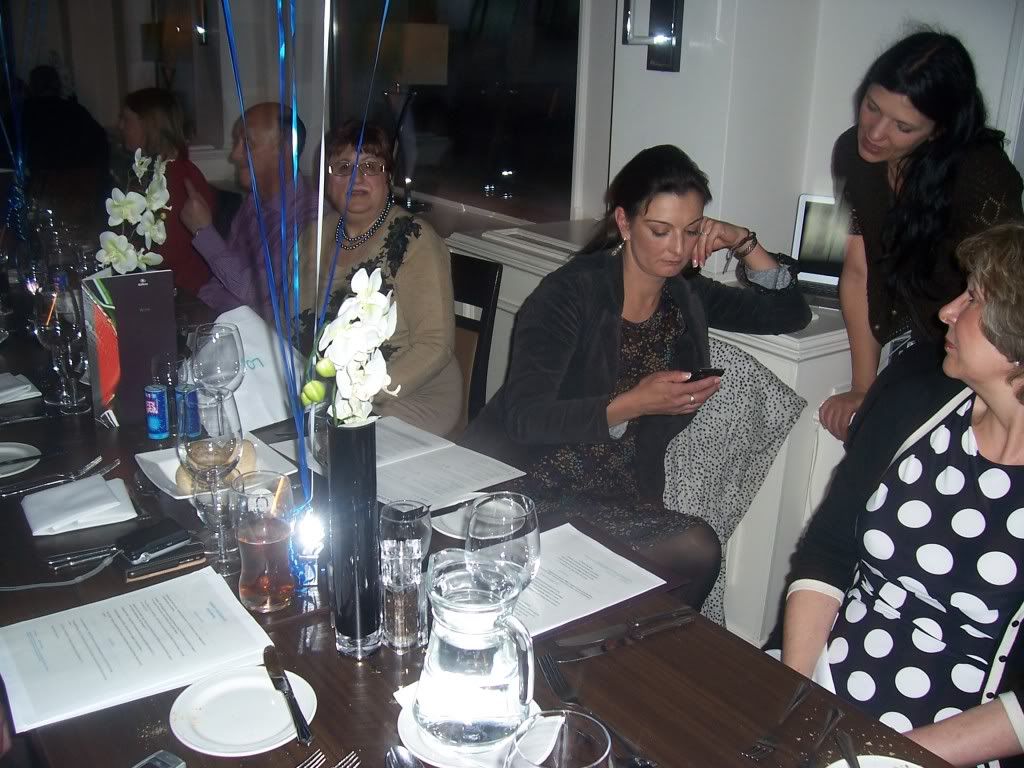
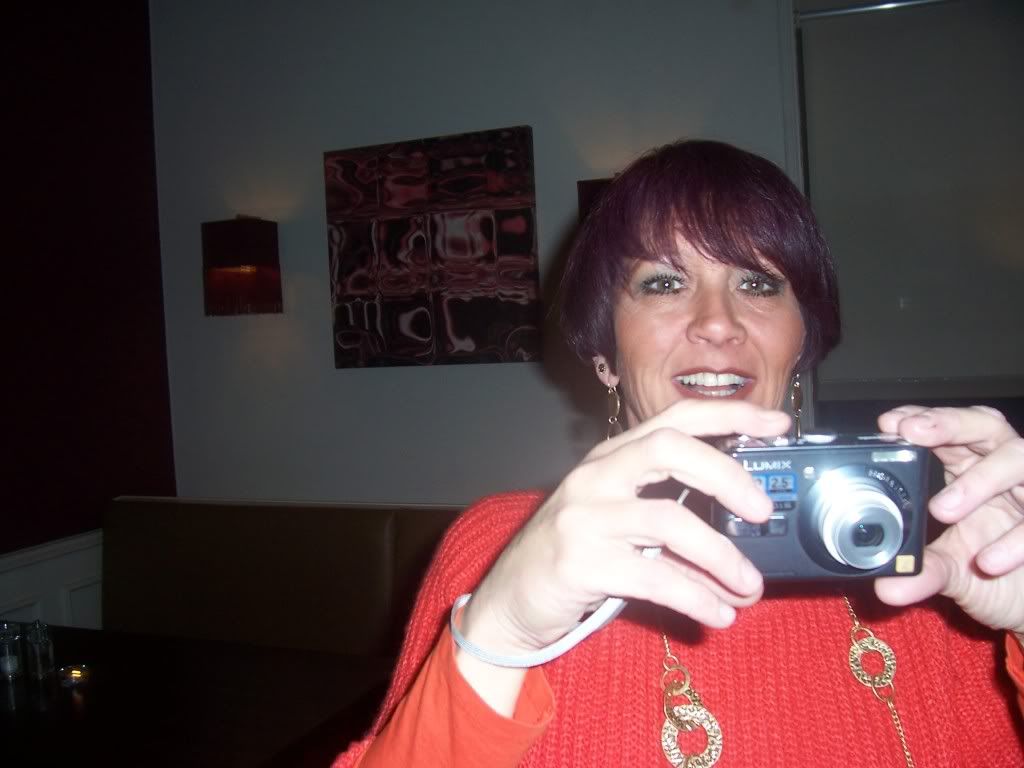
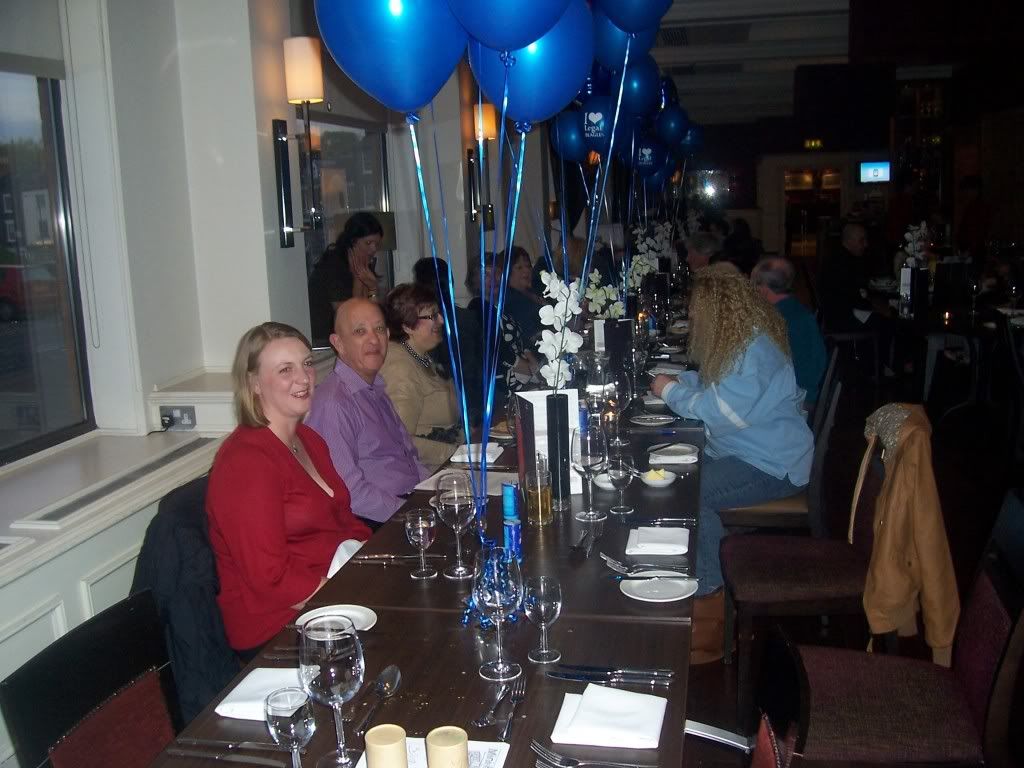


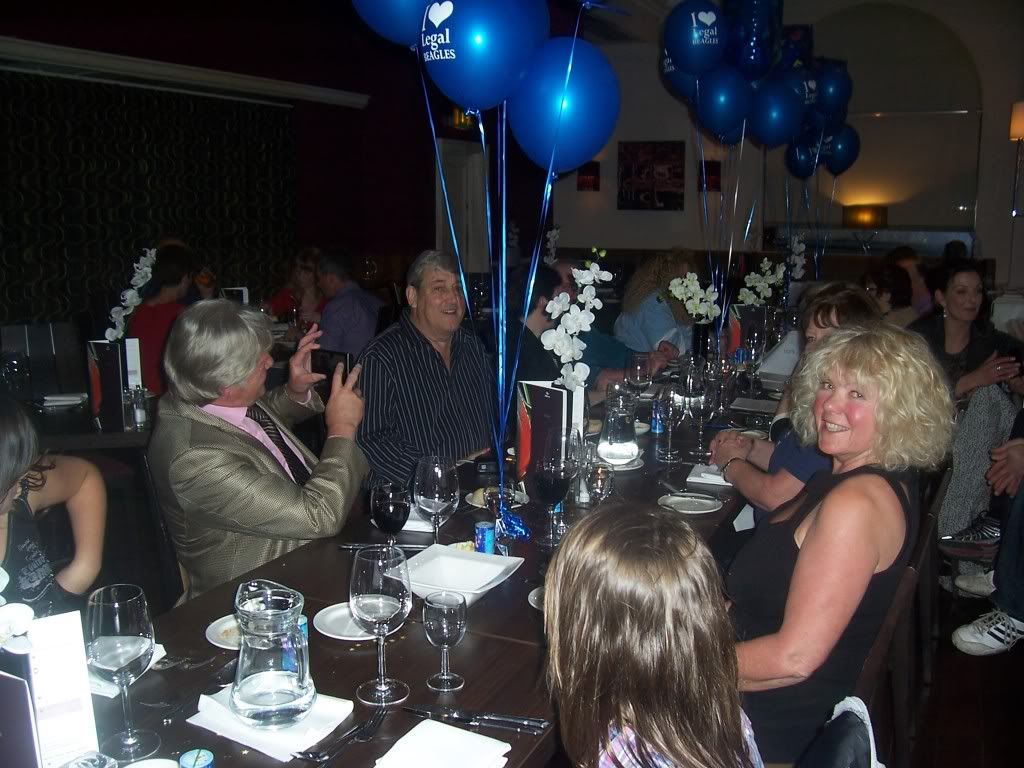
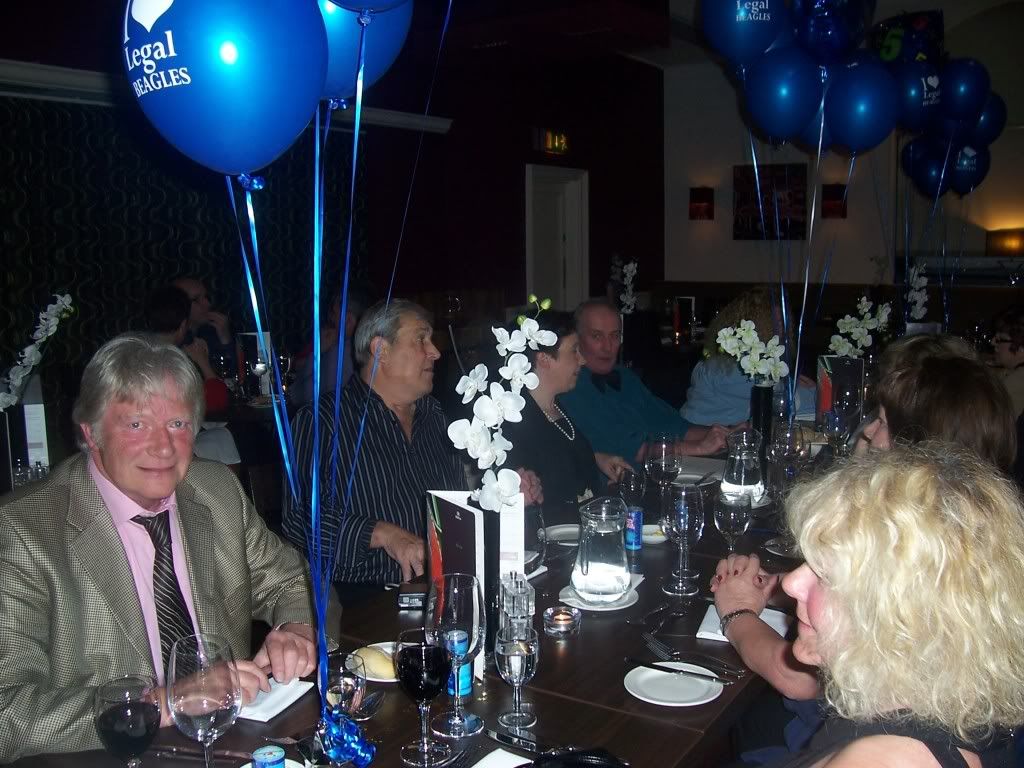
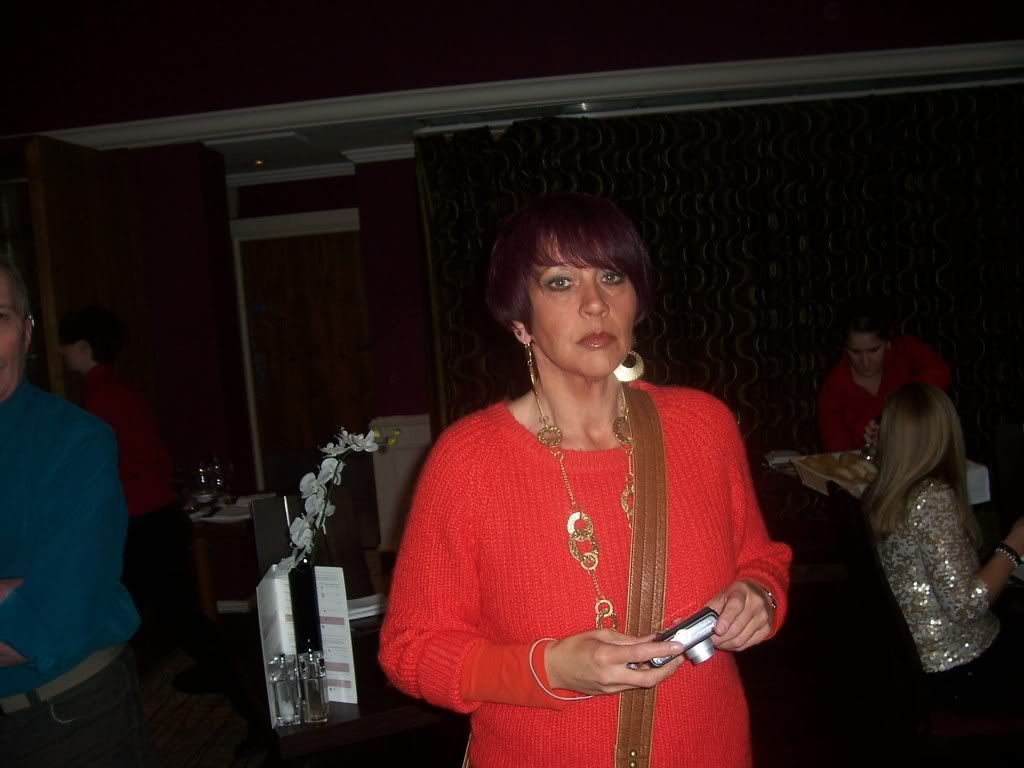

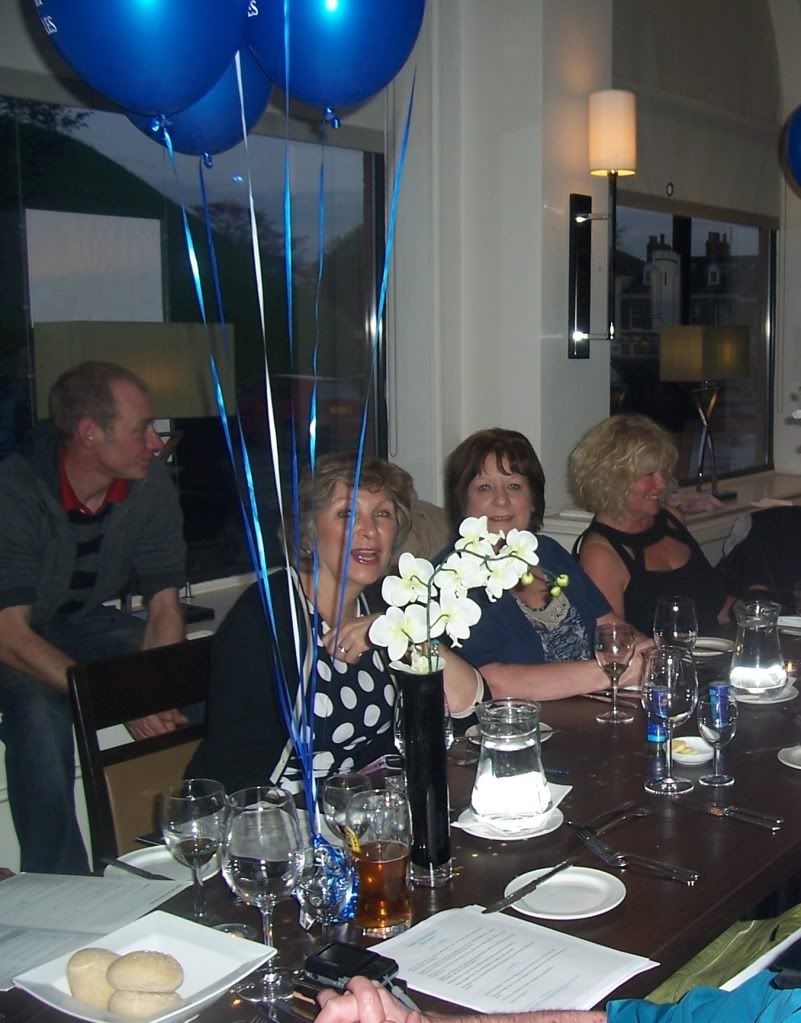
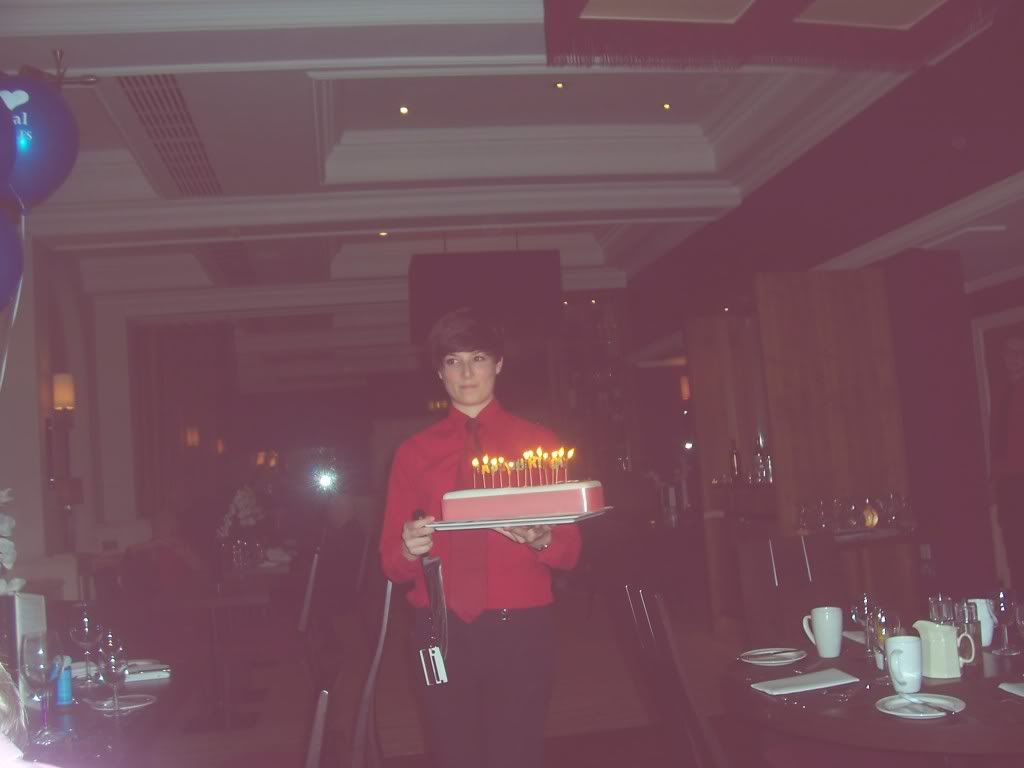
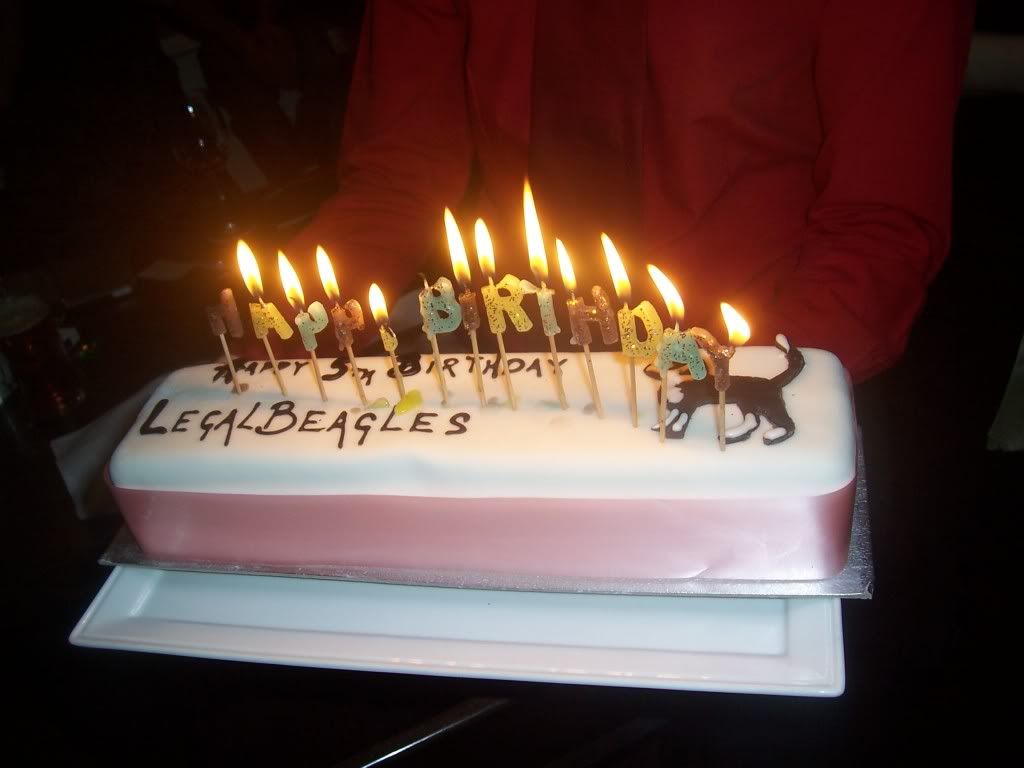
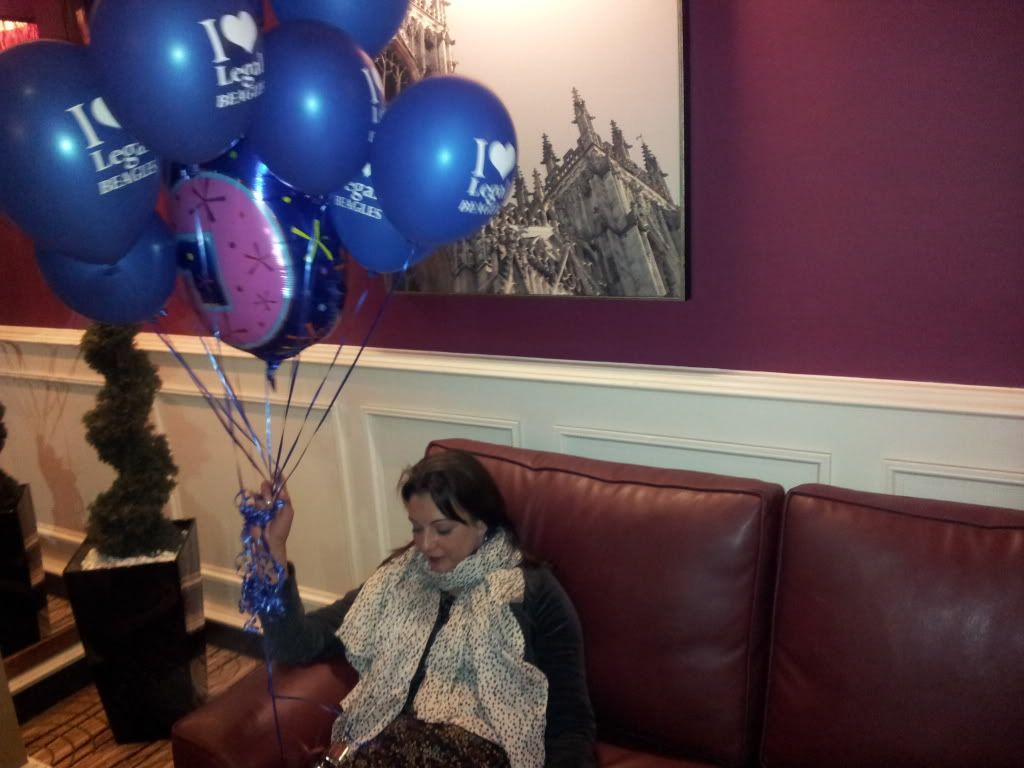



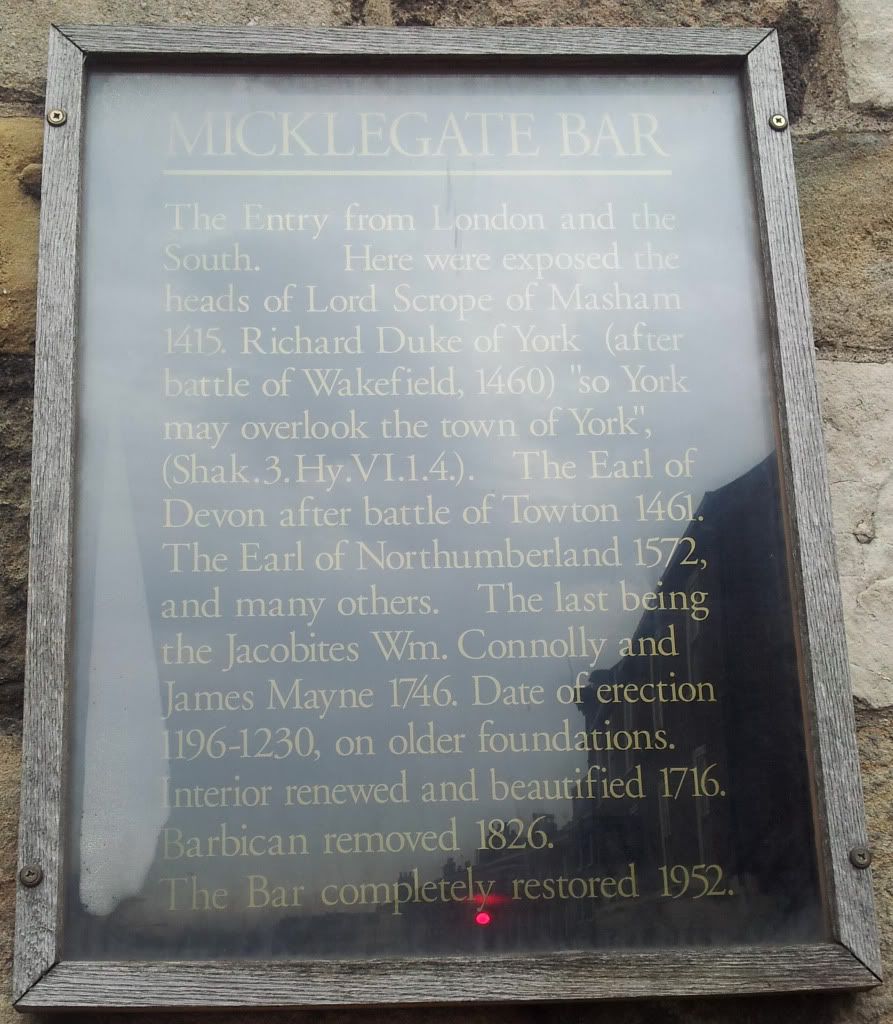
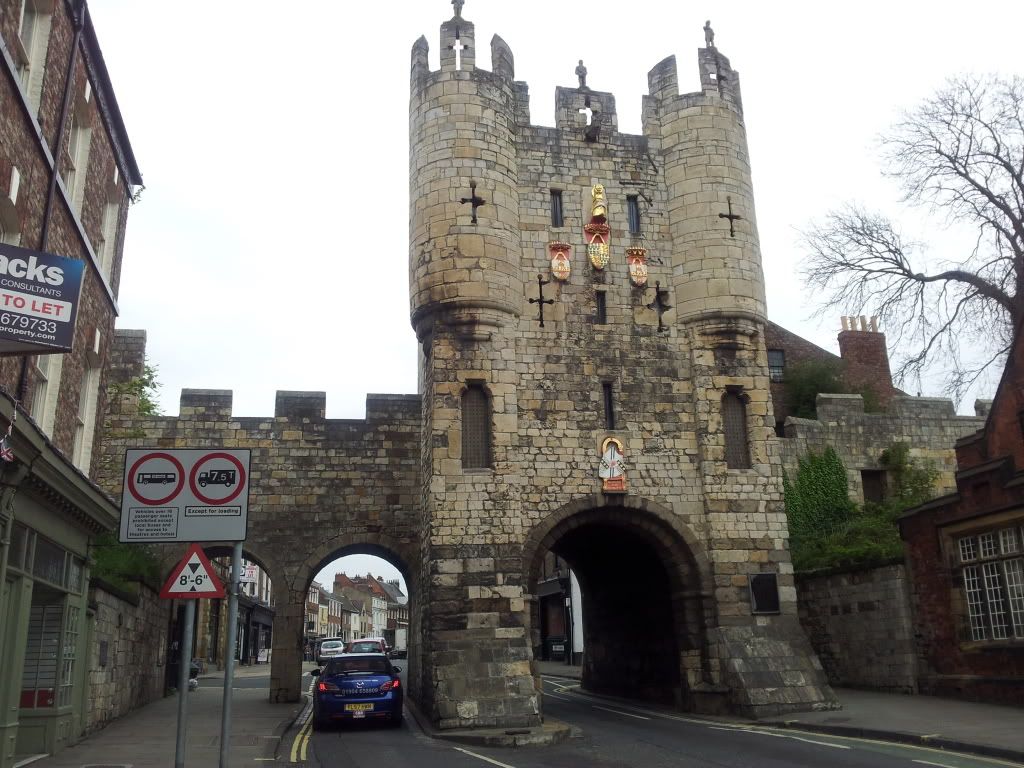
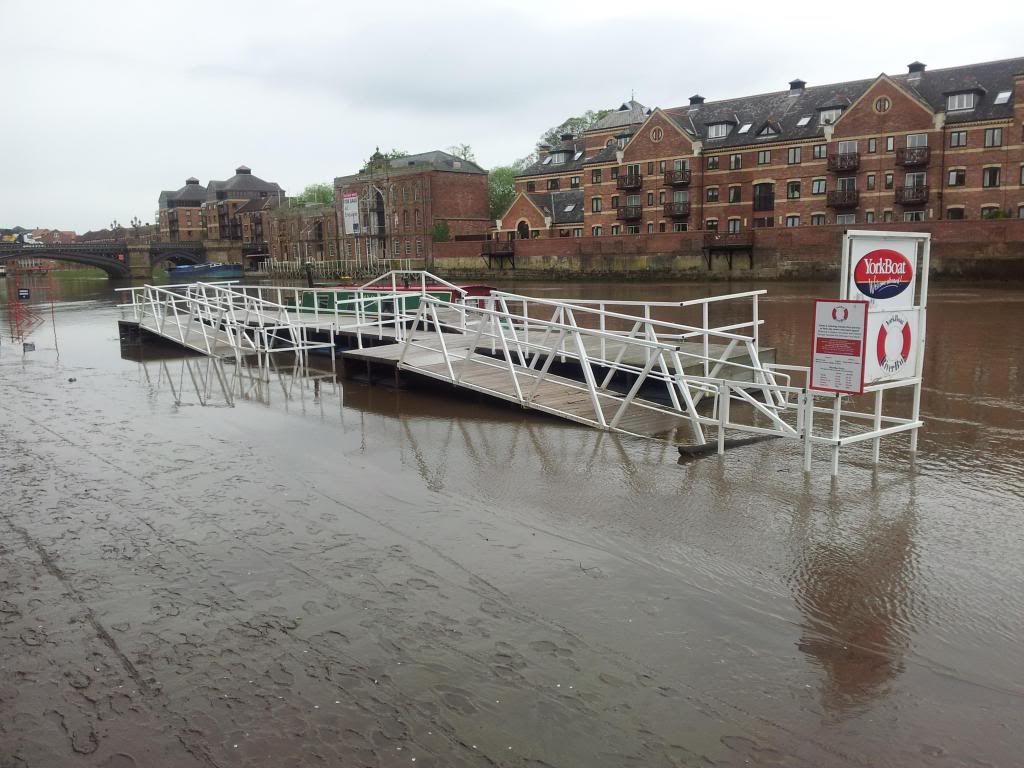
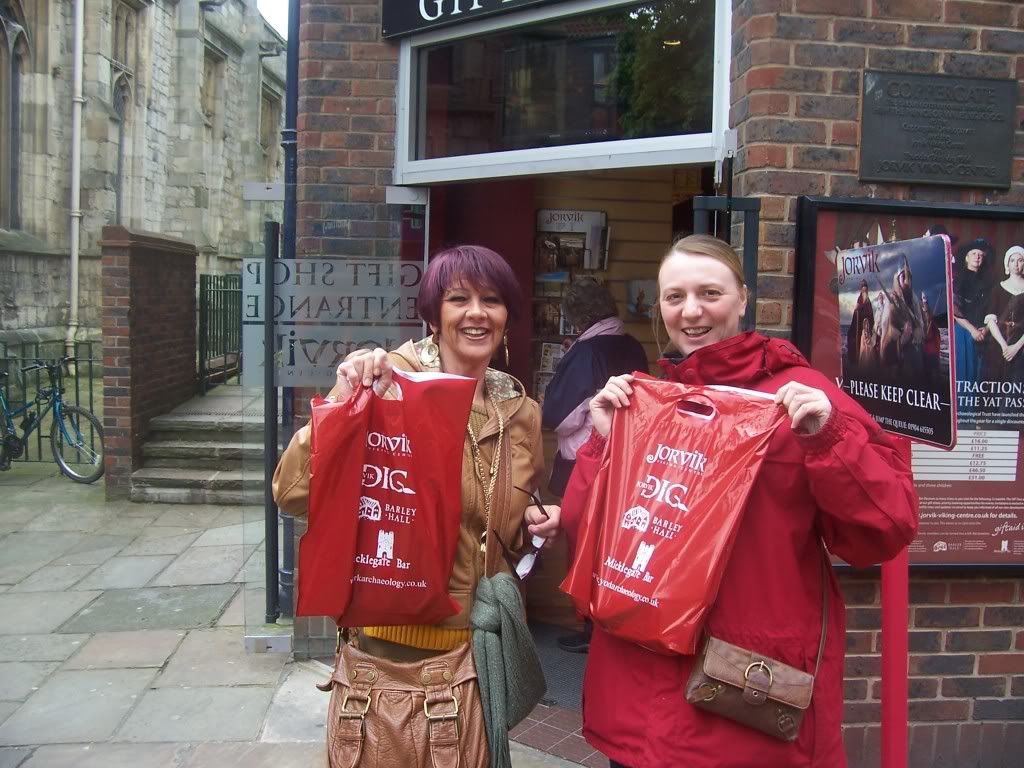
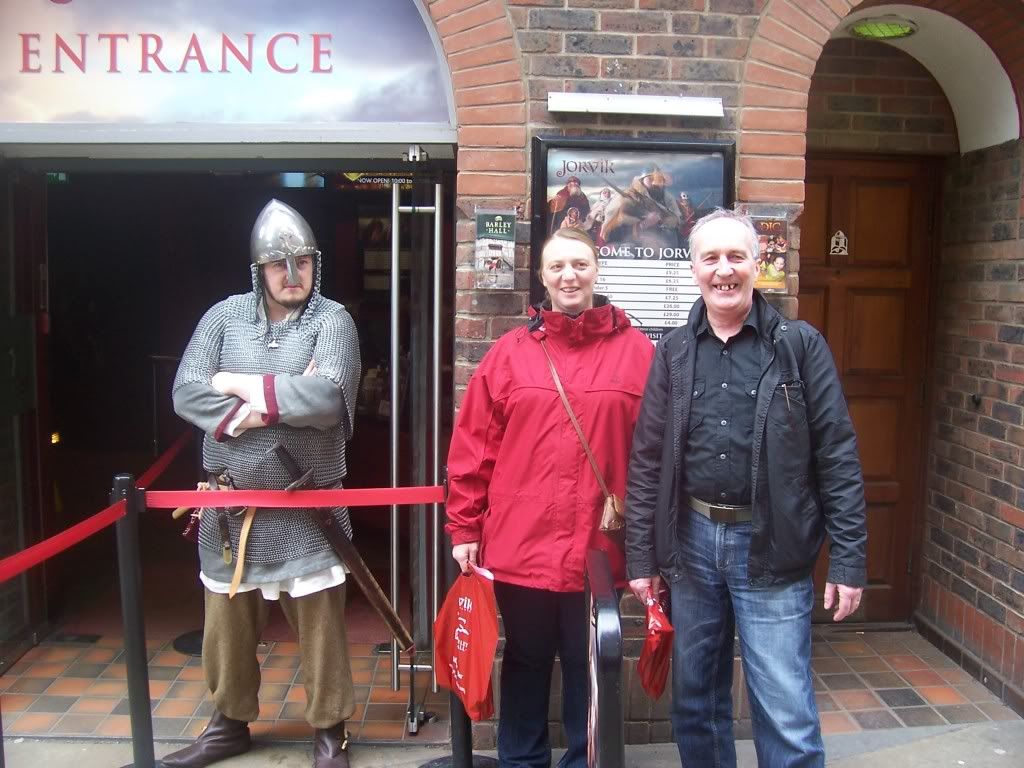
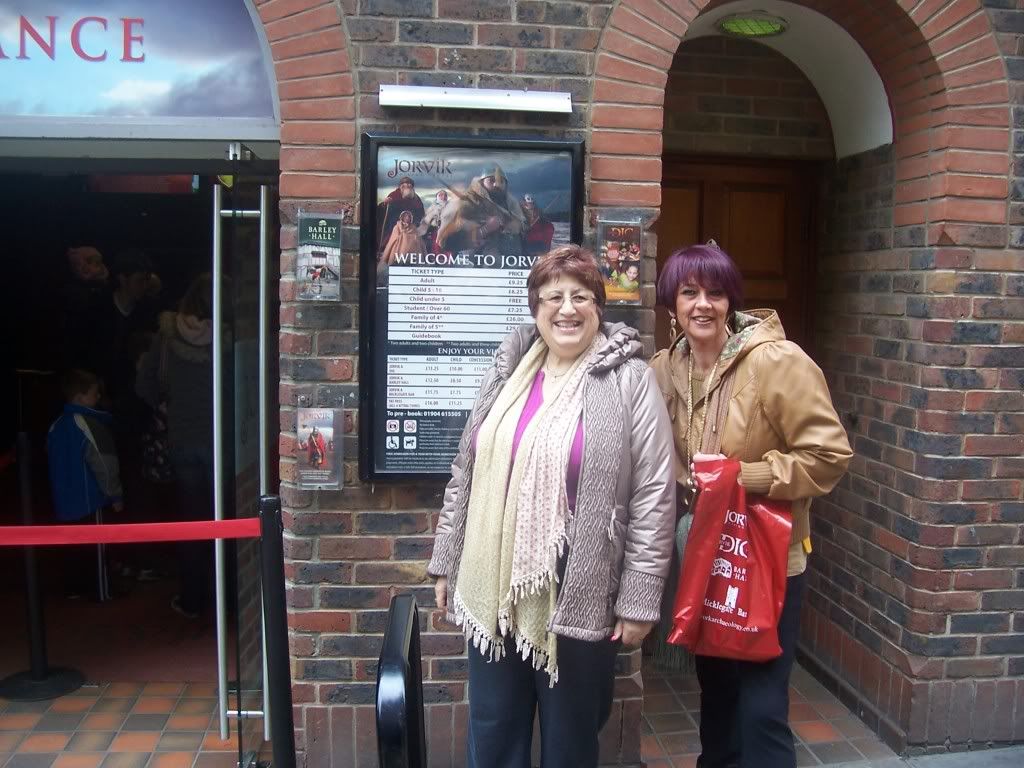
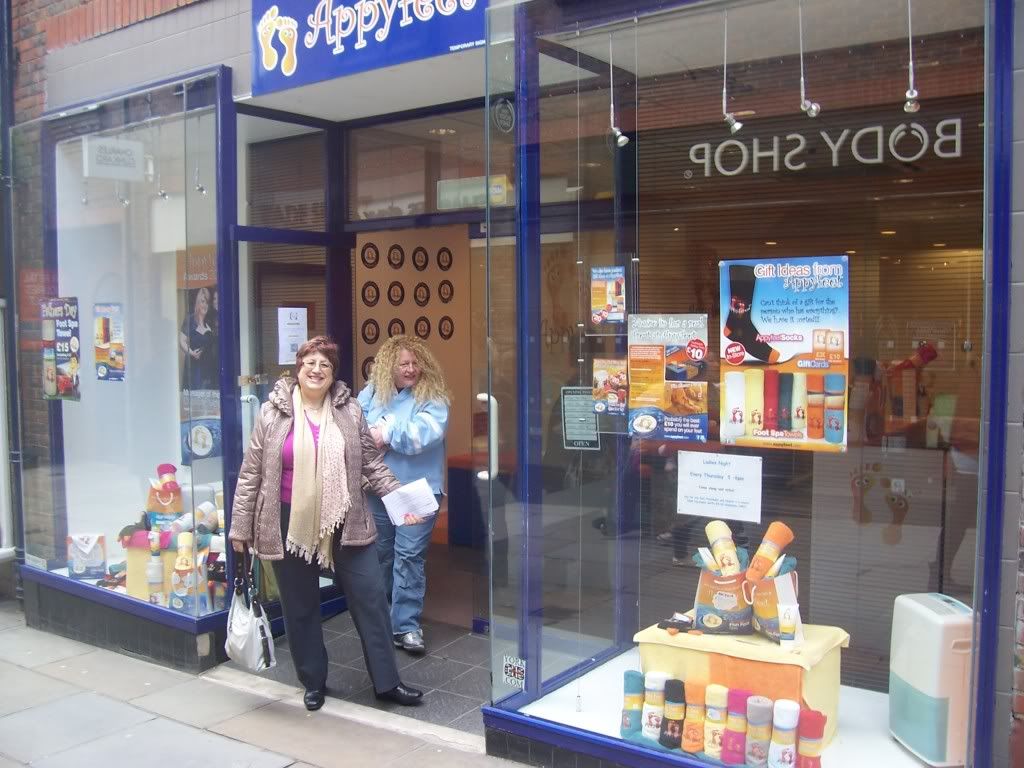
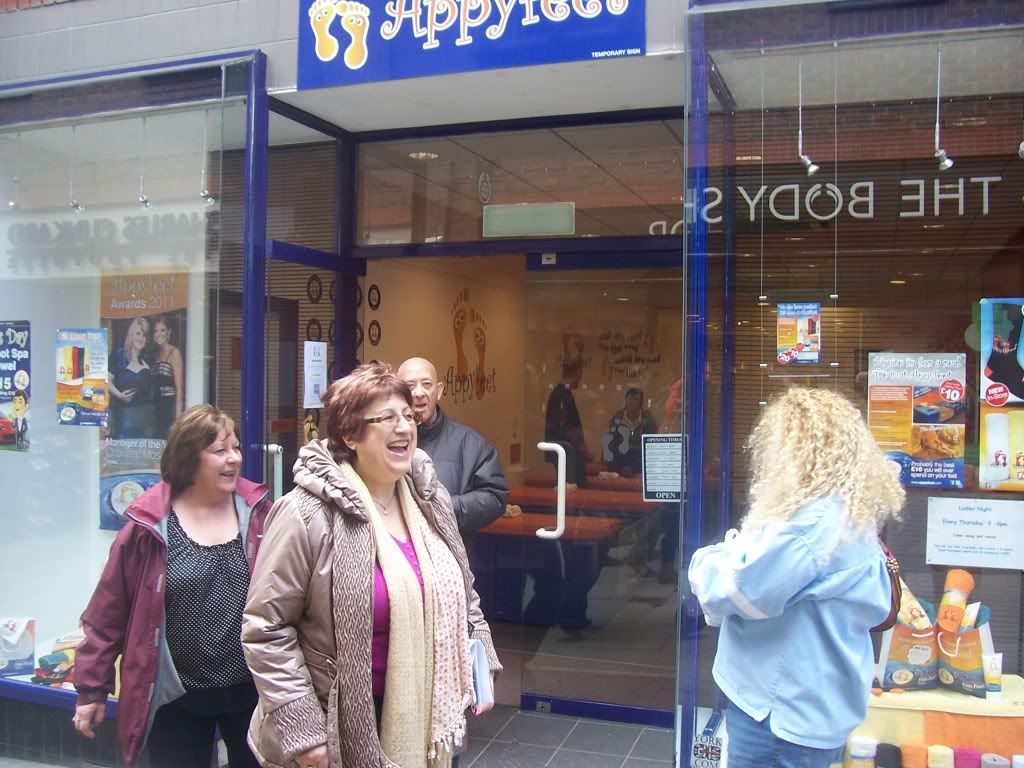
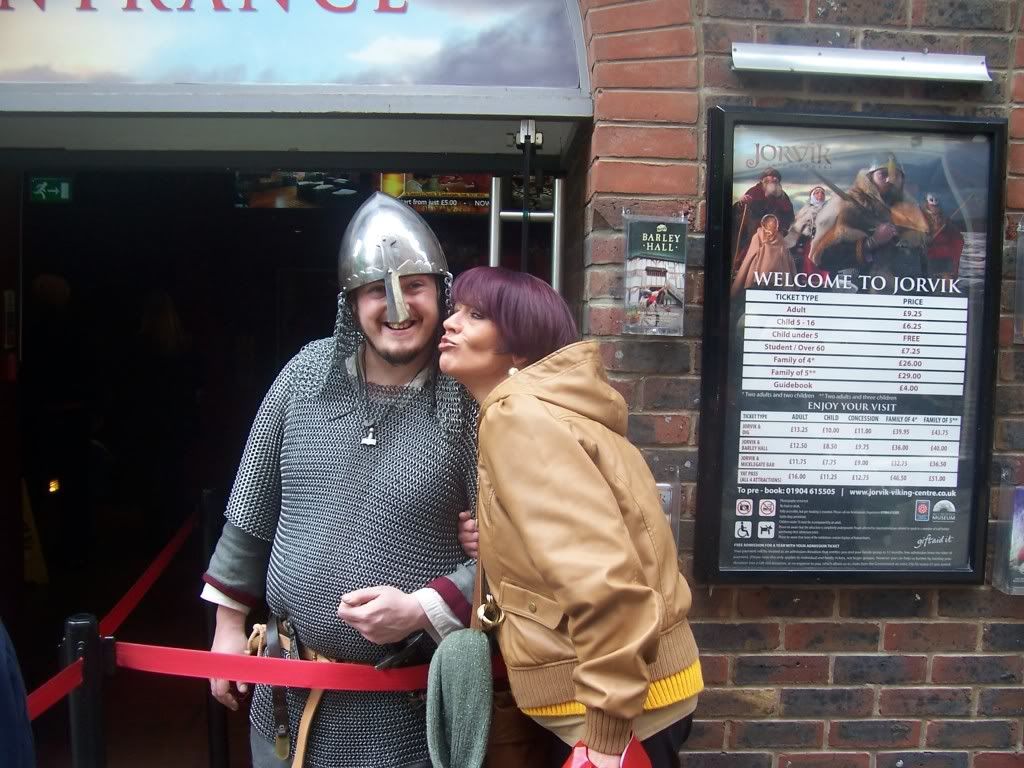
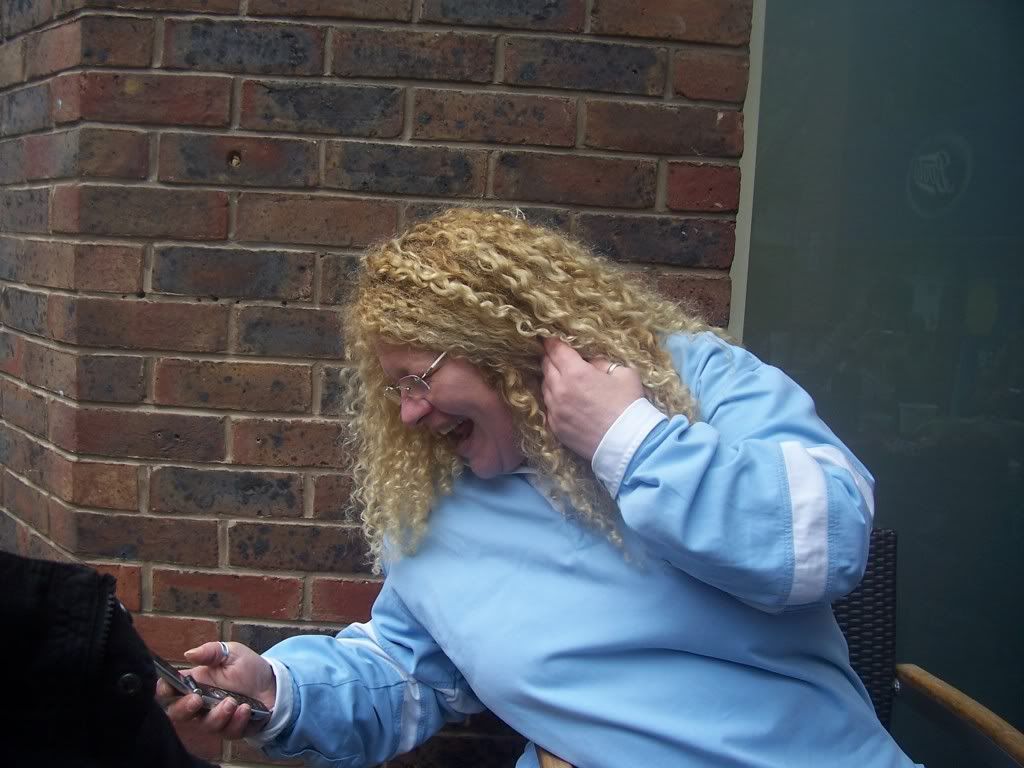
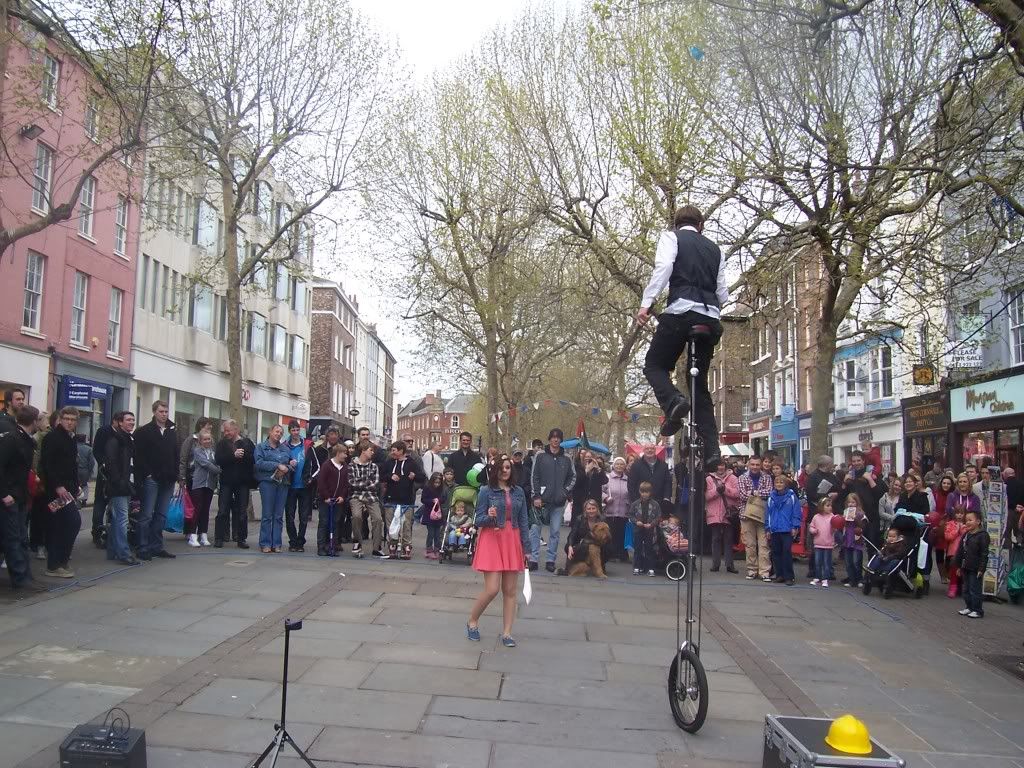



 Thank you!!!
Thank you!!!

Comment